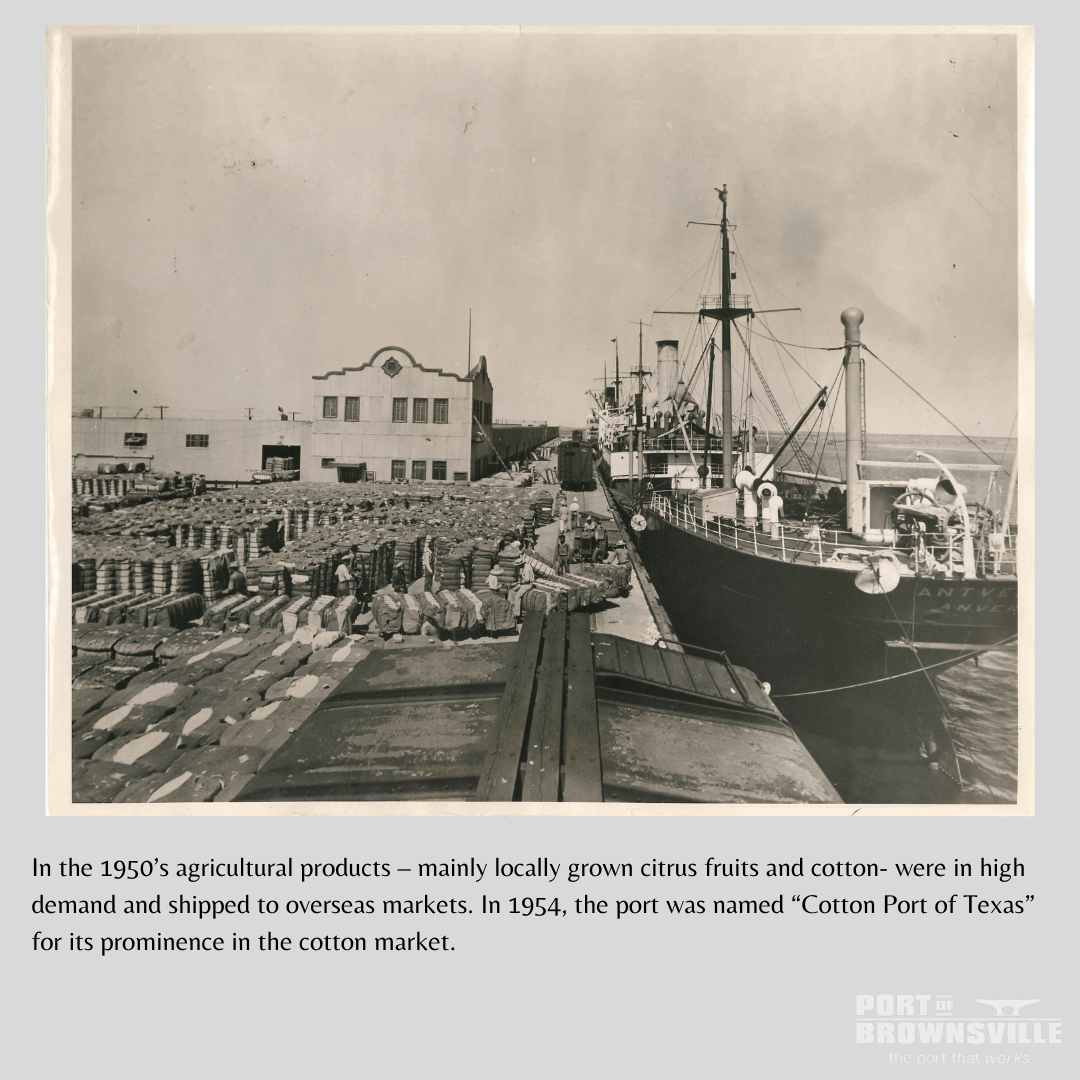A port community with all these exceptional benefits and active projects requires skilled and abundant labor. Local universities, colleges, technical schools, school districts and workforce development leaders are partnering with the port to meet growing demands. Fortunately, Brownsville is home to one of the nation’s most youthful populations, where the average age is 29. Educated, technically savvy, adaptable and motivated to succeed, these young people understand the meaning of hard work.
Many of those work for the port’s three skilled stevedoring operations, who collaborated on the movement of 11.3 million short tons of cargo last year: Dix Shipping Company, Schaefer Stevedoring and Gulf Stream Marine are the backbone and muscle of the port that works. Each has distinguished themselves with records of safety and efficiency, serving the focused needs of their clients, resulting in staggering economic impacts.
According to a Martin Associates’ report, cargo activity at the port’s marine terminals and rig repair operations supports $3 billion in total Texas economic results, creating nearly 51,500 jobs.2 Of those, 8,500 local, regional direct, indirect and induced jobs are generated at the port by marine cargo vessel activity, shipbuilding, rig repair and ship recycling. Those jobs infuse more than $2 billion annually into the regional economy. Martin Associates’ report concludes that $42.6 million of state and local tax revenue is generated by those activities, and another $201 million in state and local taxes are generated due to economic activity of related users of cargo moving through the port’s marine terminals. These impacts distinguish the port as the region’s leading economic driver.
Sustaining that status falls upon the responsibility, jurisdiction and guidance of the Brownsville Navigation District. The five-member elected commission is chartered by the State of Texas and charged with setting port policy and approving major expenditures. BND Commission members are elected to four-year staggered terms and meet twice monthly, governing the activities of the port. The BND Commission is comprised of Chairman John Reed, Vice Chairman Sergio Tito Lopez, Secretary Ralph Cowen and Assistant Secretaries John Wood and Esteban Guerra.
Management of the port is accomplished by Port Director and CEO Eduardo A. Campirano and Deputy Port Director Donna Eymard. They manage the day-to-day activities of a team of veteran maritime professionals and a dedicated staff, skilled in a variety of disciplines necessary to operate, secure, market and maintain the port’s sprawling assets.
2. Martin Associates: The Economic Impacts of The Port of Brownsville, 2018 (August 2019.)








